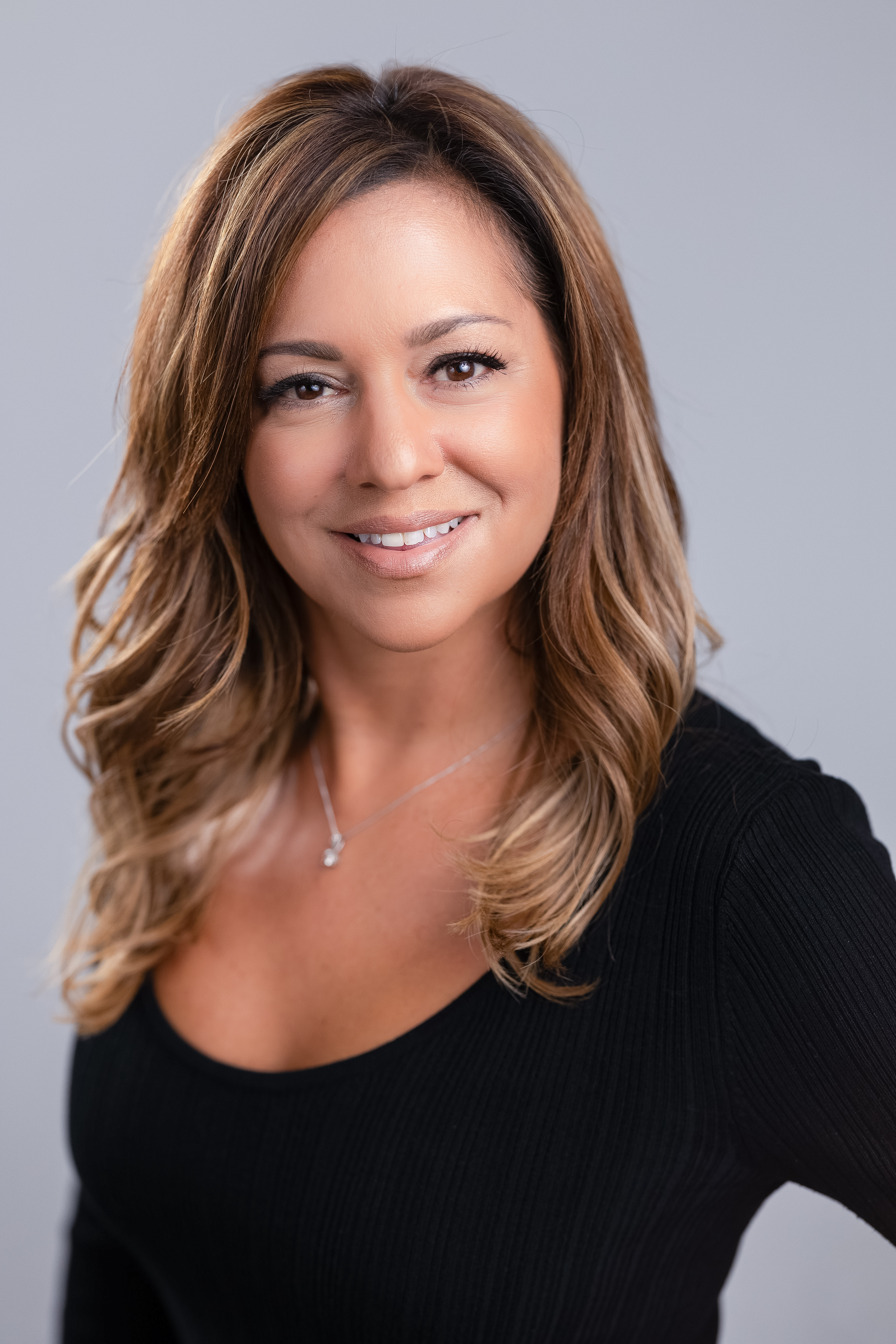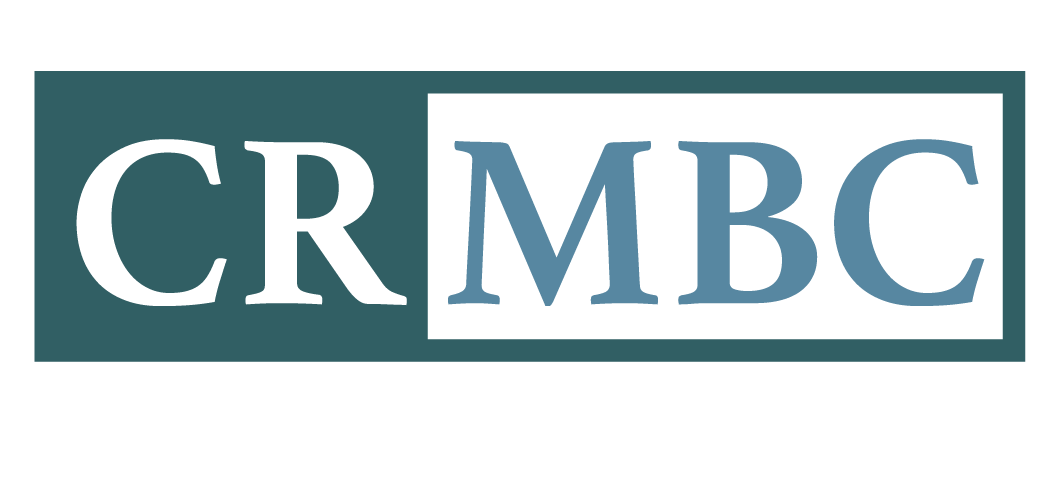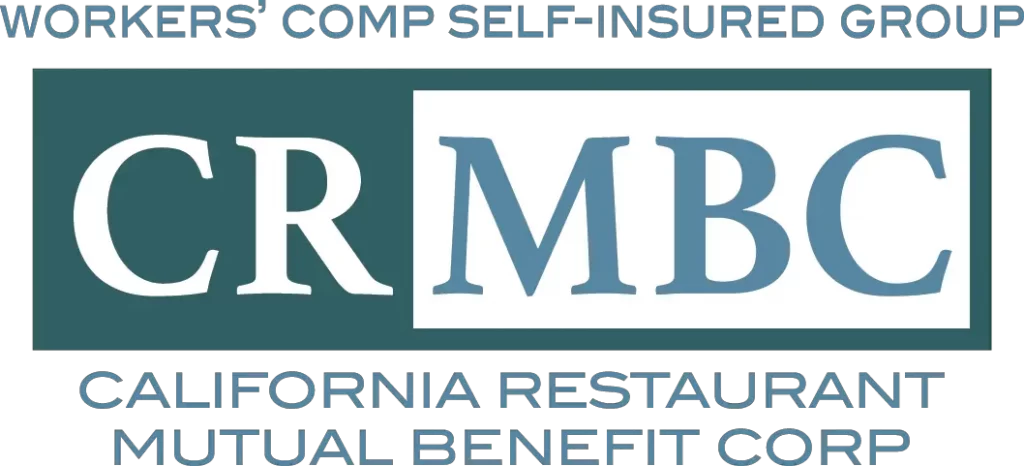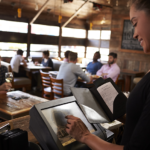The House Always Wins – Until You Own It
I spent more than a decade living in Reno, surrounded by casinos. Not once did I gamble. Not because I’m virtuous, but because I’ve never liked playing games that are rigged against me. I’d rather spend my money on a great pair of shoes than walk into a building where the odds guarantee the house always wins.
That same principle applies to commercial insurance. You might enjoy a year of low premiums here or there, but the rules are written so the insurance company wins over the long term. They collect premiums, invest them, and keep the profits. When their numbers dip, they change the game: raise rates, cut credits, and tighten underwriting.
And in 2025, the house is changing the rules in a big way.
Quick Take: Why Self-Insurance Is the Sure Bet in 2025
- California approved an 8.7% workers’ comp rate hike effective Sept 1, 2025
- Carriers posted a 123% combined ratio, the worst in 14 years
- Medical claim severity hit $36,488 in 2024, up 9% from 2023
- Restaurants face higher payroll costs, more litigation, and volatile premiums.
- Self-insured groups flip the odds: stable rates, faster claims handling, surplus returns, and member control.
California’s Workers’ Comp Casino
This year, the California Insurance Commissioner approved an 8.7% workers’ comp rate hike, the first major increase in a decade. The state’s own rating bureau, the WCIRB, had actually recommended an 11.2% increase. Why? Because carriers are losing money at a pace not seen in more than 14 years.
The WCIRB projects a 123% combined ratio for 2024 (A combined ratio over 100% means carriers are losing money). They are paying out more in claims and expenses than they collect in premiums.
For insurers, that’s unsustainable. For policyholders, it means one thing: the house will make its money back by raising the stakes. Premiums are going up, discounts are disappearing, and underwriting is tightening.
Restaurants are right in the middle of this squeeze. Payroll costs jumped with the new $20 fast-food minimum wage. Add in average medical claim severity now at $36,488 per case, and operators are paying more at every turn. Up 9% in a single year. Combine that with a spike in cumulative trauma claims that are almost impossible to defend, and operators are paying more at every turn.
“In 2025, California’s workers’ comp market has become the most expensive casino in the state. And restaurant owners are being dealt losing hands.”
When the House Starts Losing, Players Pay
Here’s the thing about casinos: when the house starts losing, they don’t shut down the tables. They adjust the rules. They make sure the odds are back in their favor.
Insurance companies work the same way. In the past decade’s soft market, carriers practically gave business away, offering rates well below actuarial recommendations just to build cash flow to invest. Some employers felt like they were winning: lower bills, cheap coverage. But the house was still winning too, because those premiums were being invested for profit.
Now the math has flipped. Carriers are losing billions. And just like a casino tightening the slots, they’re pulling back. Fewer credits. Stricter underwriting. Higher rates. The players – restaurant operators – are footing the bill.
You can call it a “hard market.” I call it the house protecting itself.
Restaurants Are Feeling the Burn
For restaurants, this isn’t an abstract industry report. It’s real money.
Labor costs have risen 31% in the past four years. Insurance premiums are calculated on payroll, so higher wages mean higher comp costs before you even account for rate hikes. Add in increased litigation, higher medical costs, and attorney-driven cumulative trauma claims, and operators are being hit from every side.
I’ve heard from members who terminated an employee for cause only to be hit with a cumulative trauma claim within days. A story that’s becoming far too common in California’s restaurant industry.
This is what happens when you gamble with traditional insurance. The house doesn’t care about your margins, your people, or your future. It cares about restoring profitability for shareholders.
What If You Could Own the House?
But here’s the twist: you don’t have to sit at the table and keep losing. You don’t even have to keep playing the house’s game. There’s another option.
A self-insured group (SIG) flips the odds. Instead of sending premiums off to fund skyscrapers, stadium sponsorships, and television ads, members pool their contributions to pay claims, cover administration, and return surplus back to themselves.
When the group performs well, those dollars don’t disappear into an insurer’s balance sheet. They come back to the operators who created the results. That’s not gambling. That’s ownership.
In a SIG, members aren’t gamblers at the table. They are co-owners of the house. And when the house is owned by restaurant operators, the rules change in your favor.
Why SIGs Work When the Market Doesn’t
The contrast is clear:
- Traditional Insurance: Rates swing with market cycles. Carriers raise prices when they lose money elsewhere. Shareholders reap the profits.
- Self-Insured Groups: Rates reflect the group’s actual performance. Members share risk, share best practices, and share savings. Surplus returns go back to operators, not shareholders.
SIGs also bring control and transparency. Members get a voice in how claims are handled. They can work with administrators and defense counsel to manage losses. They can implement safety programs and see the impact directly on their rates.
The proof is in the results. Over time, SIGs have delivered stable rates and returned millions in surplus to members. While carriers are now hiking premiums by nearly 9%, SIG participants are insulated from that volatility. Their costs reflect their group’s performance, not the losses of carriers chasing rate adequacy.
Don’t Gamble on Your Future
Insurance is supposed to protect your business, not drain it. But in 2025, California’s workers’ comp market looks more like a casino than a safety net.
The house always wins. Unless you own it.
Self-insured groups give restaurant operators that ownership. They turn comp from a gamble into a strategy. They replace volatility with predictability, shareholder profits with member dividends, and opaque decisions with direct control.
I never gambled in Reno because I knew the odds. I bought shoes instead: a sure thing. For California restaurants, self-insurance is that sure thing. Don’t gamble with your future. Join the club where the members actually win.
Key Takeaways
- Traditional insurance is a casino: the house always wins.
- 2025’s rate hike and 123% combined ratio show instability.
- Restaurants face rising costs and shrinking coverage options.
- Self-insured groups give owners stable rates, control, and surplus returns.
- Don’t gamble on your future: own the house.
Ready to Learn More?
Download our free white paper, The Case for Self-Insured Groups, and see why California restaurants are choosing self-insurance over traditional carriers.
Take the Next Step
Find out if your restaurant qualifies for membership in CRMBC. Contact us today to start the conversation and join the club where the members actually win.

Kaya Stanley is an attorney, published author, business owner, and highly sought-after strategic turnaround expert. Ms. Stanley serves as CEO and Chairman of the Board for CRMBC, the largest restaurant workers’ compensation self-insured group in California, and she is the Licensee for TEDxReno, an independently organized TEDx Event.
Throughout her 22 years of practicing law, Ms. Stanley has served as outside counsel for Wal-Mart and Home Depot. She was voted one of the country’s “Top 25 OZ Attorneys” by Opportunity Zone Magazine and published a best-selling book called “The Employer’s Guide to Obamacare.” Before that, she earned her master’s degree in social work and public policy, after which she worked with at-risk girls in Detroit and lobbied for women and families.




